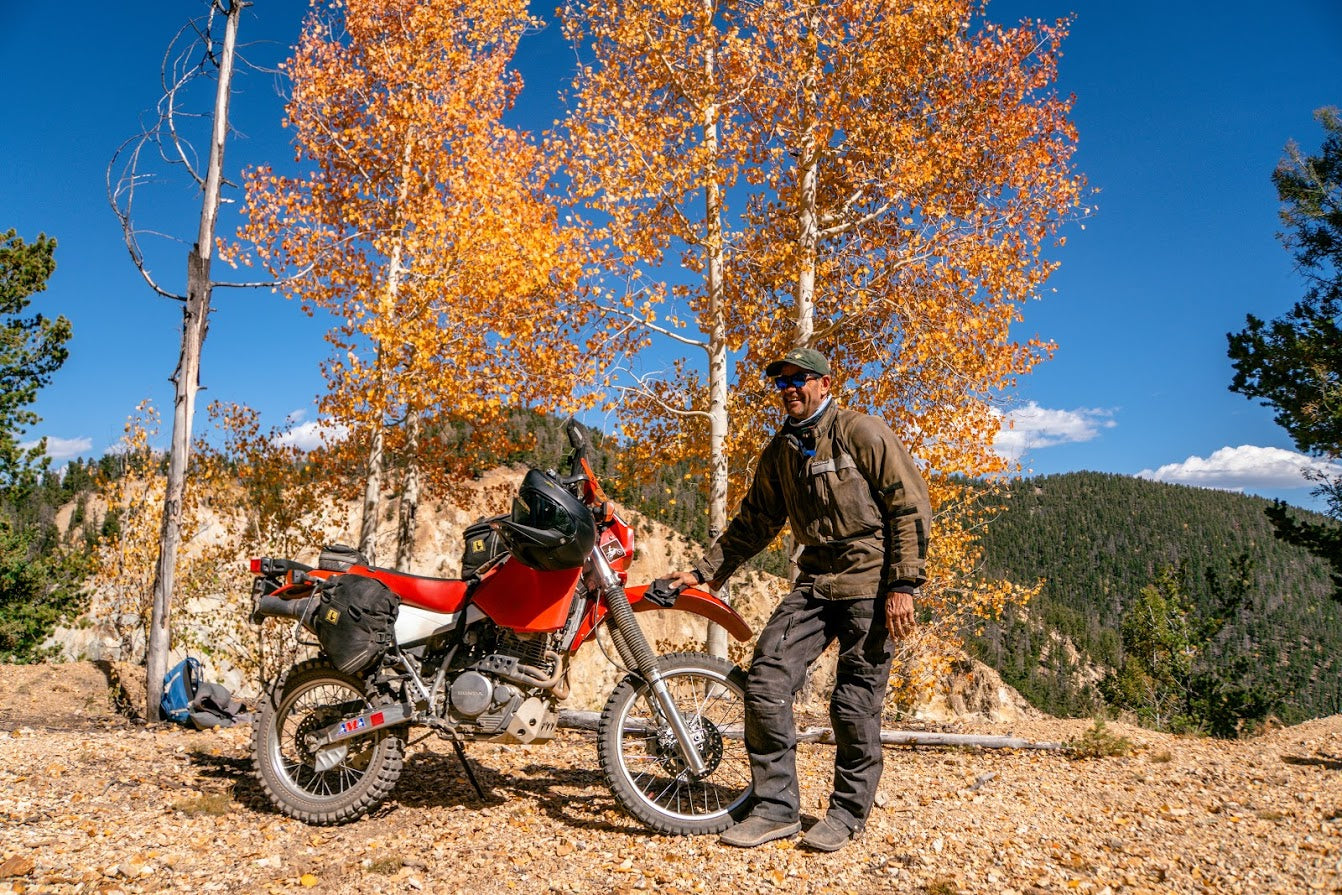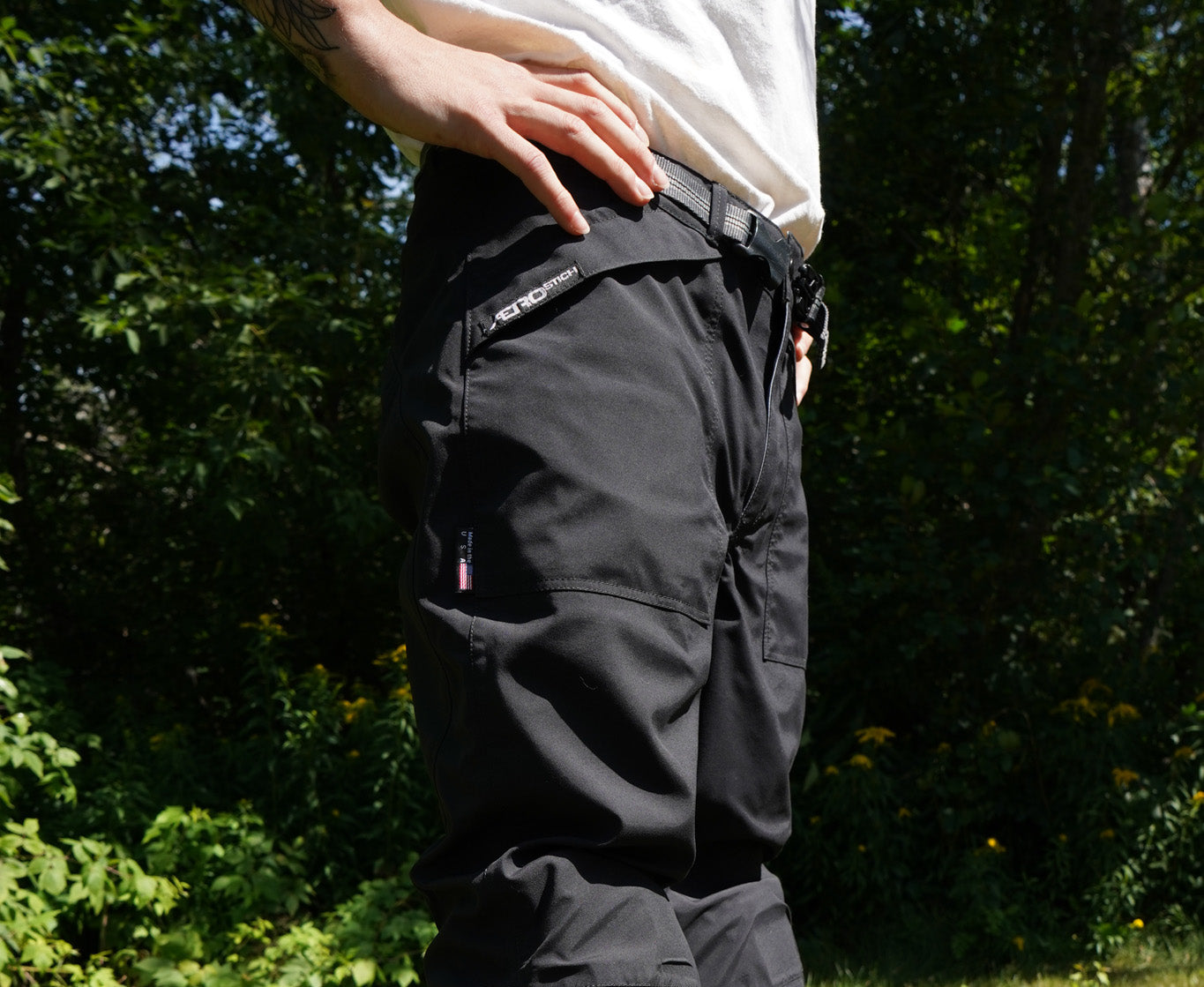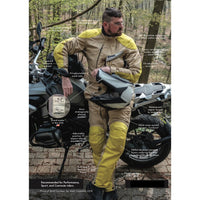
Will an electric motorcycle work for everyday transportation all winter long in frozen Duluth Minnesota? We’re putting together a lightly winterized Zero FX, and some brave (or foolish) volunteers to find out. Subscribe at right for weekly updates by the test riders.
We're going to leave our Zero outside overnight, every night, and outside at work all day. No sleeping inside nice warm garages, so the battery will sometimes require an added experimental warmer during the coldest periods. It may get down to twenty five below zero on the very coldest nights. (NASA uses Radioisotope Heater Units (RHUs) for deep-space and Mars exploration vehicles to keep it's batteries warm. These generate heat through the decay of a low-grade isotope. We don't have anything radioactive-warm available, so the small experimental 'electric blanket' wrap is going to do this job.) The battery warmer will connect to household current as will the Zero's battery recharging system. Other Zero modifications involve the tires, which will be equipped with about 500 special low-profile carbide tipped ice-studs, and the saddle and grips, which will be warmed by conventional resistance wiring.
Riders will also be evaluating Aerostich gloves, scarves, electric and fleece mid and base layers, and variety of helmets and boots. Also helmet anti-fog solutions. even at surface street commuting speeds the risk of frostbite in these temperatures is significant, so learning to dress quickly, easily and correctly will be essential. We are going to learn just how much of a pain-in-the-ass all the extra gear rigamarole becomes, and what it feels like to make it part of our routine. The test commute routes range between three and fifteen miles via surface streets through urban traffic grids and on some high speed two lane highways.





















Leave a comment